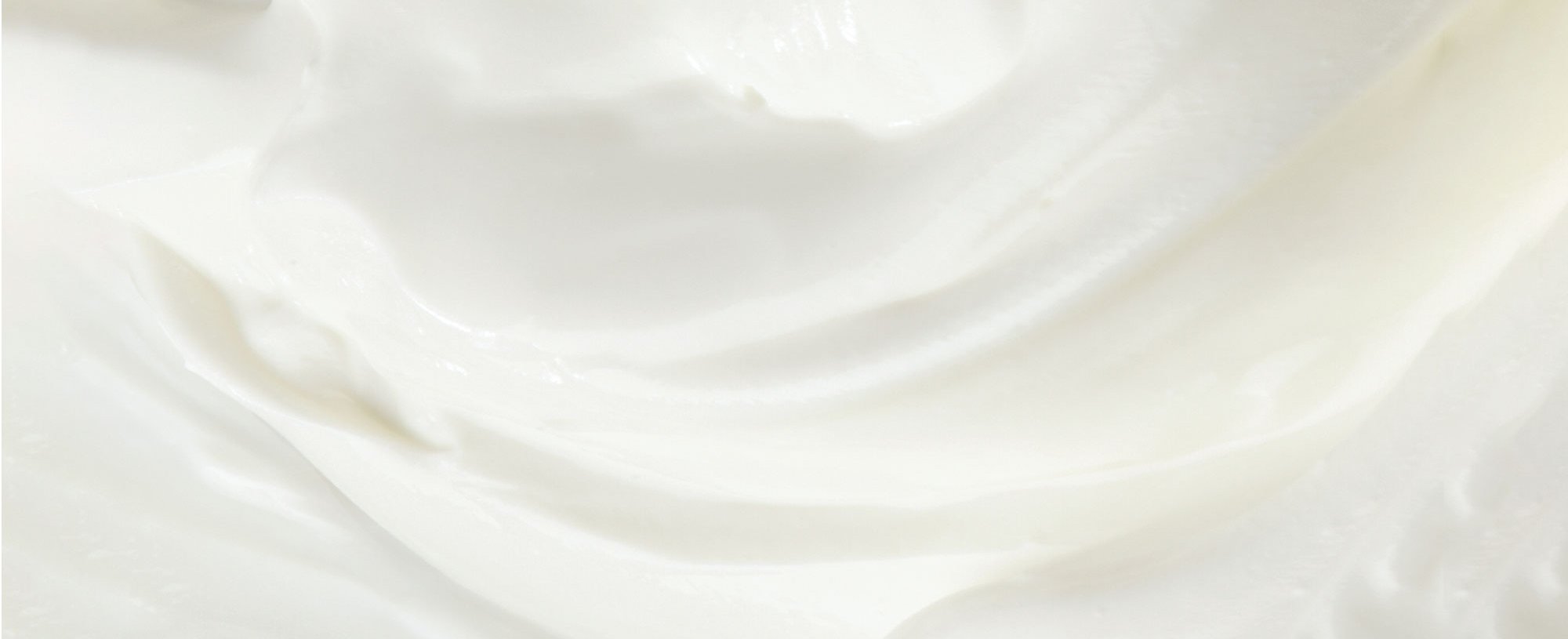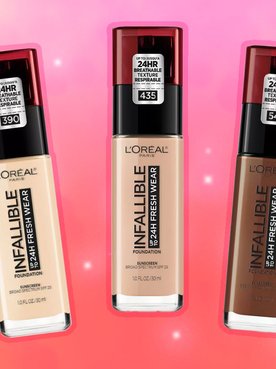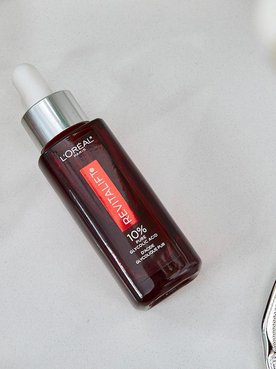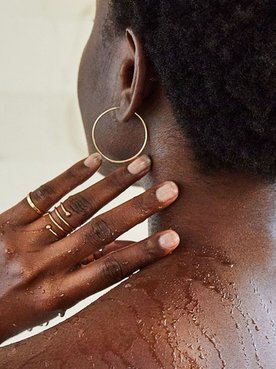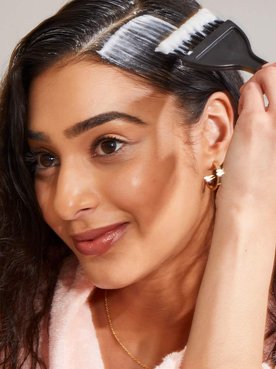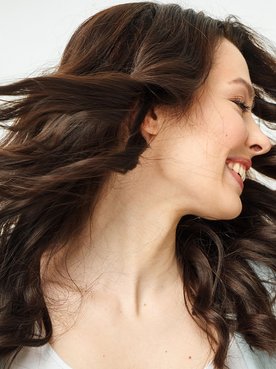If you have acne-prone skin, you’ve likely tried making every adjustment in the book to your skin care routine in order to prevent and manage breakouts, from switching to a cleanser for oily skin to trying spot treatments formulated with salicylic acid. If it seems as though you’re doing everything right, only for your acne to persist, there could be another culprit in the mix. You may have heard the rumors that your hair causes breakouts—more specifically, oily, greasy hair. Is it true? Read on to learn the truth about hair-induced breakouts and how you should switch up your hair care and styling routine accordingly.
IS YOUR HAIR CAUSING BREAKOUTS?
Let’s cut to the chase—could greasy or oily hair be causing your breakouts? While this seems like a realistic explanation, as it turns out, there is no research supporting the matter. In fact, a study from the National Center for Biotechnology Information states that greasy hair hanging over the face does not have any effect on acne. But, just because oily hair isn’t influencing your breakout, doesn’t mean there isn’t something else hair-related that could be the issue. Speaking of…
ARE YOUR HAIR PRODUCTS CAUSING BREAKOUTS?
Bingo! As it turns out, the hair care and styling products you use could be the factor behind your breakouts. The American Academy of Dermatology (AAD) states that shampoos, conditioners, and styling products can cause whiteheads and other types of acne along your hairline, the upper part of your forehead, and along the back of your neck. Yikes! Of course, not every product is to blame. Hair products that contain oil can often be the culprit, per the AAD, since this oil can make its way to your skin, and in turn, clog your pores, which can result in acne. You may be immediately looking to your hair serums and pomades since these are more obvious offenders, but other styling products like styling gels, pastes, and sprays contain oil, too.
HOW TO PREVENT HAIR PRODUCT BREAKOUTS
As you can imagine, there are a few tips you can follow to clean up your hair care and styling routine and clear up your skin. Here are six tips to keep in mind.
TIP #1. CHECK THE LABEL
When it comes to your hair care and styling products, there are a few things you should look for on the label. The AAD recommends searching for options that claim they won’t clog your pores and are oil-free, non-comedogenic, and non-acnegenic. These products will be specifically formulated for those who are prone to breakouts.
TIP #2. USE A CLARIFYING SHAMPOO
To remove product buildup, it’s a good idea to use a clarifying shampoo. This will prevent any residue from acne-causing hair products to lead to future breakouts! Try the L’Oréal Paris Elvive Extraordinary Clay Shampoo, which instantly purifies oily roots while hydrating dry lengths.
Editor’s tip: Pair your shampoo with the coordinating conditioner for the best results. In this case, that’s the L’Oréal Paris Elvive Extraordinary Clay Conditioner, which hydrates dry lengths while purifying oily roots.
TIP #3. WASH AWAY RESIDUE
Speaking of residue, overtime, residue from your hair care and styling products can buildup on different household and clothing items, which can result in breakouts. To prevent future breakouts, the AAD recommends that you wash anything your head likely came into contact with, including pillowcases and sheets, hats, headbands, and visors!
TIP #4. SLEEP WITH A SILK SCARF
By now, you probably know that wrapping your strands in a silk scarf prior to hitting the hay is beneficial to your strands, but have you considered it’s also helpful for your skin? By sleeping with your hair in a silk scarf, you can prevent it from rubbing on your face and spreading product residue onto your skin in the process.
TIP #5. PUT YOUR HAIR UP
We’re sure you don’t want to part ways with certain styling products forever, and you don’t have to—just be mindful of your hairstyle! When possible, wear your hair up and keep your bangs—if you have them—clipped out of your face to prevent excess hair-to-skin contact.
TIP #6. BE MINDFUL WHEN SHOWERING
Decided to give your strands some extra love by doing a hair mask in the shower? That’s all good and dandy, but make sure to put your strands up with a claw clip while you have the mask on—they’re usually supposed to sit on your strands for three to five minutes—to avoid having your mask-coated hair lay on your back and cause bacne.
